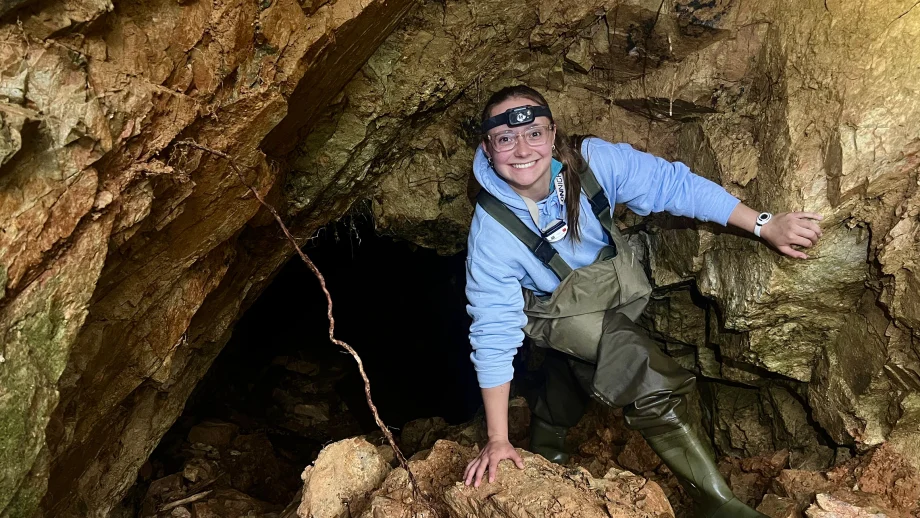The mere mention of the Canadian Prairies conjures up poetic images of a big sky and endless flatlands that run into the horizon with colours of golden wheat. In reality, this nostalgic image is tainted by the fact that the Prairies, this vast land with borders that cross into three Canadian provinces, are one of the world’s most endangered ecosystems due to the conversion of grasslands into agricultural land and invasive exotic grass species.
UWinnipeg student Hilary Pinchbeck, has been doing research with Dr. Rafael Otfinowski (Biology), on the restoration of the plains rough fescue prairies* in Riding Mountain National Park, in collaboration with Parks Canada. Found only in western Canada, plains rough fescue prairies are one of the worlds most endangered ecosystems due to their conversion to agriculture, invasion by exotic plants, and the suppression of natural fires.
As a part of a study, Pinchbeck and Otfinowski have been working on the legacy effects of historic cattle grazing on the structure and composition of the rough fescue prairies. Helping understand how disturbed prairies can be restored can help maintain the important ecological functions of remaining areas of native prairie in western Canada.
“Our work towards restoring the plains rough fescue ecosystem is relevant today and for future generations,” shared Pinchbeck. “Our research has academic importance, and being able to collaborate with others is very important as well as being able explain our research to the public.”
Riding Mountain became a National Park in 1933, and cattle grazing in the park was banned in 1969 due to the disturbance that reduced the diversity of native prairie species.
Their findings will assist in predicting the current response of the community to grazing and to understand the level of sensitivity the prairies have to disturbance. Park managers and policy makers will be able to design long-term plans to successfully restore prairies from the impact of disturbance and invasive exotic species on a local and global scale. Her research ‘legacy effects of grazing on the structure and composition of the plains rough fescue prairies’, recently earned her the top prize in Undergraduate Poster Presentation Award at the Parks and Protected Areas Conference hosted by Parks and Protected Areas Research Forum of Manitoba (PPARFM).
Pinchbeck is pursuing a Bachelor of Science Degree in Biology and is in her final year. She is currently working for Otfinowski as a research assistant in the Restoration Ecology lab, where they are continuing to work on a variety of Prairie restoration projects in Manitoba.
PPARFM is an event which promotes and facilitates park and protected area research. It is a cooperative partnership between the University of Manitoba, Parks Canada, Manitoba Conservation, Assiniboine Park Conservancy, Assiniboine Park Zoo, and Nature Conservancy of Canada – Manitoba Region.
*Plains rough fescue prairies is a community of Plains rough fescue plants.






